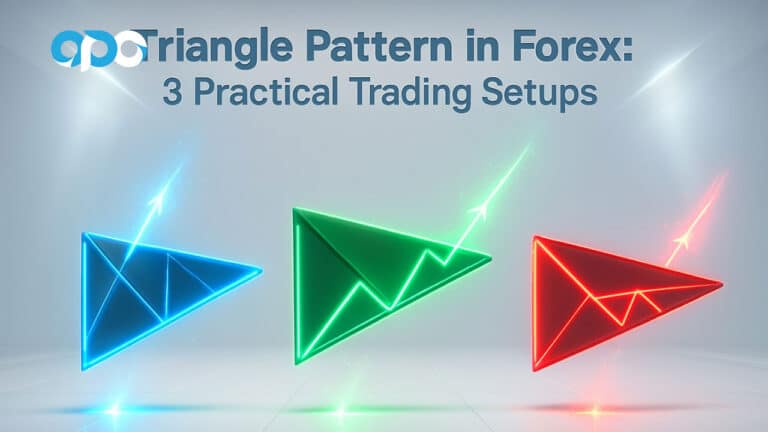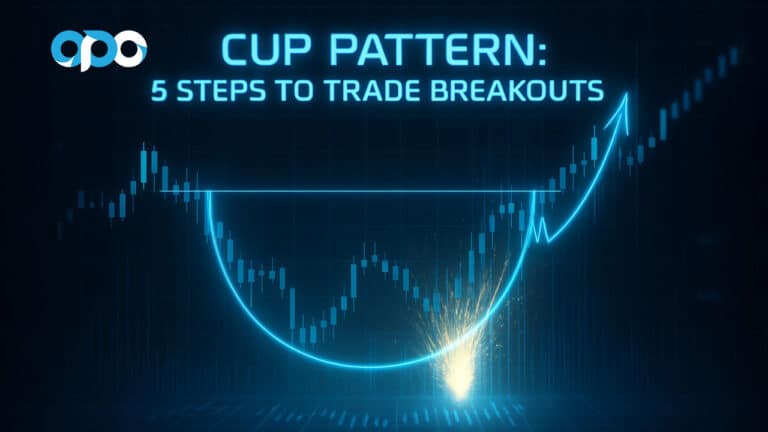Are you eager to discover the essence of the world’s most traded currency pair? Do you want to leverage the immense opportunities hidden behind those subtle price movements observed daily by countless traders? If so, keep reading. This guide sheds light on one of the most influential components of the forex market.
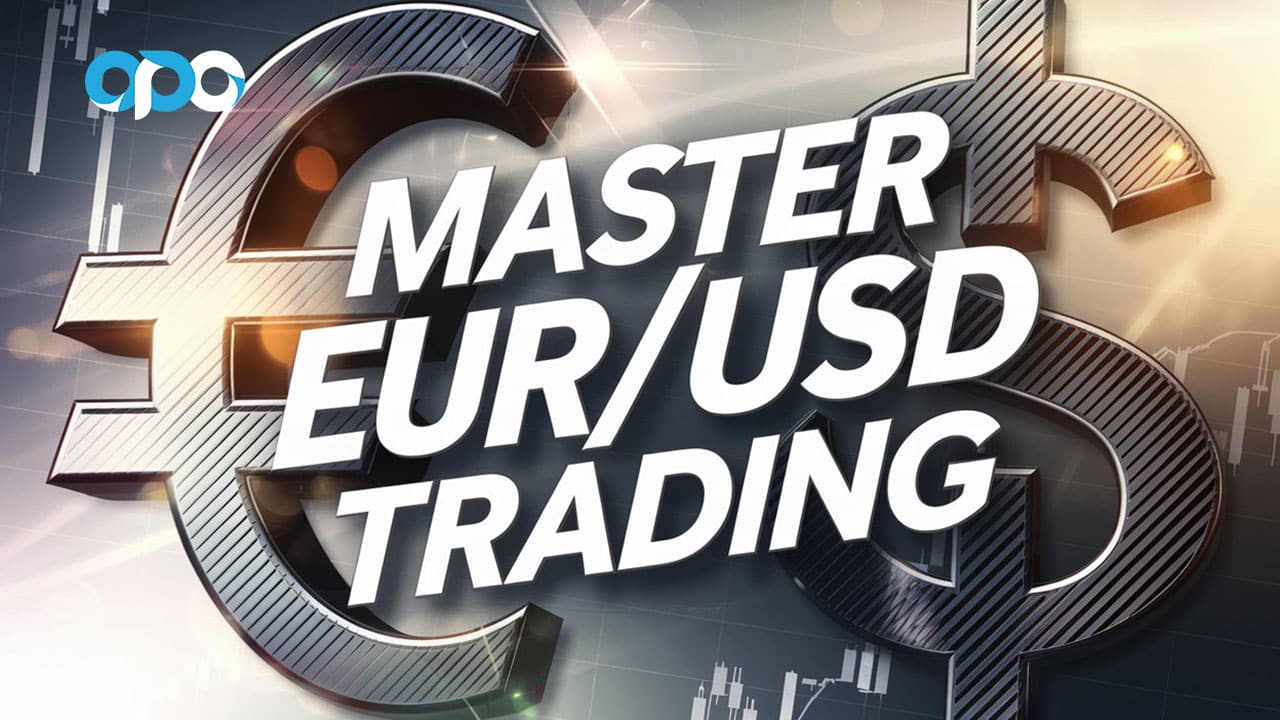
What is the meaning of EUR/USD in forex? EUR/USD represents how many U.S. dollars (USD) are needed to purchase one Euro (EUR). If the EUR/USD exchange rate stands at 1.2000, it means it costs 1.20 U.S. dollars to buy one Euro. Understanding this cornerstone currency pair is crucial for anyone stepping into forex. Its liquidity, tight spreads, and wealth of available data make it a top choice among traders worldwide. By mastering the EUR/USD currency pair definition, understanding EUR/USD in forex trading, recognizing the significance of EUR/USD in the forex market, and learning the basics of trading EUR/USD in forex, you set the stage for more informed decisions and potentially better performance.
This comprehensive guide breaks down the pair’s history, driving factors, and strategic approaches. By the end, you will have deeper insights, whether you’re just starting out or looking to refine your strategy with a reliable online forex broker or regulated forex broker. Let’s embark on this journey toward better market comprehension and enhanced trading capabilities.
EUR/USD Currency Pair Definition & Importance
A firm starting point is to understand the core concept behind EUR/USD. When someone quotes EUR/USD, they are showing the current exchange rate between the Euro (EUR) and the United States Dollar (USD).
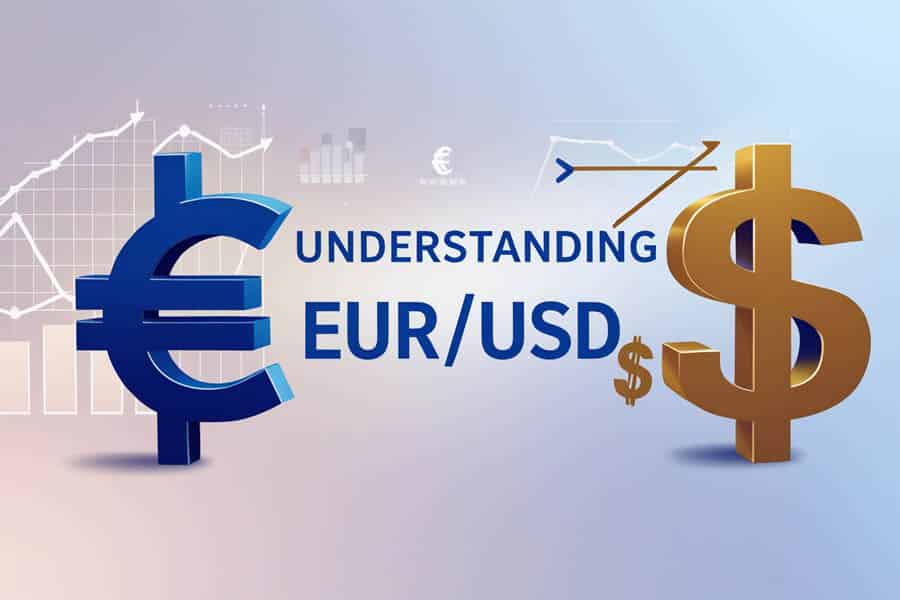
EUR/USD Currency Pair Definition
The Euro acts as the “base currency,” while the U.S. Dollar is the “quote currency.” The number you see—such as 1.2000—tells you how many U.S. dollars one Euro can buy. For instance, if EUR/USD is 1.2000, that means 1 Euro equals 1.20 U.S. dollars.
Understanding EUR/USD in forex trading often begins with appreciating its straightforward structure. Trading this pair involves simultaneously buying one currency and selling the other. If you anticipate that the Euro will strengthen relative to the U.S. dollar, you might go long (buy) the EUR/USD. Conversely, if you believe the dollar will gain strength, you might go short (sell) EUR/USD.
Understanding EUR/USD in Forex Trading
The EUR/USD pair is the most traded currency pair in the forex market, accounting for approximately 20% of all forex transactions daily. Its popularity stems from the economic significance of both the Eurozone and the United States, making it a reliable indicator of global economic health. Traders favor EUR/USD due to its high liquidity, which ensures that large transactions can be executed with minimal price slippage. Additionally, the pair’s tight spreads reduce trading costs, enhancing profitability for active traders.
Significance of EUR/USD in the Forex Market
The significance of EUR/USD in the forex market cannot be overstated. It is the most heavily traded currency pair, reflecting key economic, political, and market sentiments. Due to its massive liquidity, it typically has the tightest spreads and most robust market depth, making it accessible to both beginners and experienced traders. The EUR/USD also serves as a benchmark, helping market participants gauge overall investor confidence and global financial health.
Moreover, EUR/USD is often influenced by major economic indicators such as GDP growth, employment data, and interest rate decisions from the European Central Bank (ECB) and the Federal Reserve (Fed). This constant interaction with significant economic events makes EUR/USD a dynamic and exciting pair to trade, offering numerous opportunities for profit.
Read More: 5 EURUSD Trading Opportunities
Understanding the EUR/USD Currency Pair
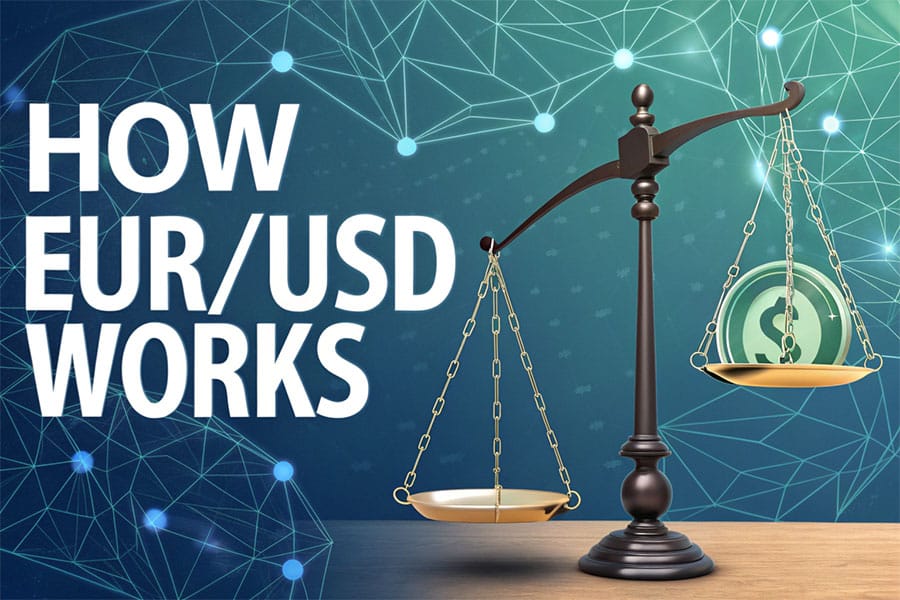
Base and Quote Currencies
In every forex pair, the first currency is known as the base currency, and the second is the quote currency. For EUR/USD, the Euro is the base, and the U.S. dollar is the quote. The pair’s price reveals how much of the quote currency (USD) is necessary to purchase one unit of the base currency (EUR).
If the EUR/USD rate increases from 1.2000 to 1.2500, it indicates the Euro has strengthened against the U.S. dollar. A drop from 1.2000 to 1.1500 would mean the Euro has weakened relative to the dollar.
EUR/USD as a Major Currency Pair
EUR/USD ranks among the “majors,” which include the most frequently traded currencies globally. Being a major ensures deep liquidity, robust price transparency, and abundant analytical resources. Traders benefit from consistent volatility and lower transaction costs. This combination makes the EUR/USD an appealing starting point for new traders and a reliable tool for seasoned market participants.
As a major currency pair, EUR/USD is highly sensitive to economic news and events, providing ample trading opportunities. For instance, a surprise interest rate hike by the ECB can cause significant movement in the pair, offering traders the chance to capitalize on rapid price changes.
Historical Context of EUR/USD
Before the Euro’s introduction, Europe’s financial landscape consisted of various national currencies. The establishment of the Euro in 1999 was a turning point that consolidated multiple currencies into one, ultimately shaping the current state of the EUR/USD pair.
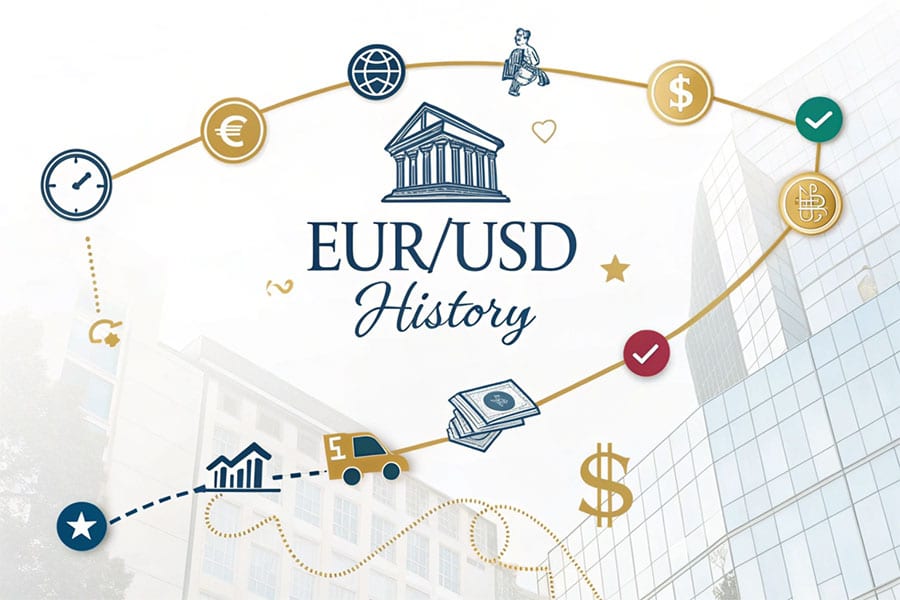
Introduction of the Euro and Its Adoption
The Euro was first introduced as a non-physical accounting currency in 1999 and later circulated as physical notes and coins in 2002. By unifying European nations under one currency, it facilitated easier trade, improved price stability, and enhanced economic cooperation. Investors began to view the Euro as a potential reserve currency, rivaling the U.S. dollar in global prominence.
The adoption of the Euro also simplified the trading process for businesses and investors within the Eurozone, eliminating the need for currency exchanges between member states. This integration fostered a more seamless and efficient trading environment, further solidifying the EUR/USD pair’s importance in the forex market.
Evolution of the EUR/USD Pair Over Time
From its early days, EUR/USD experienced periods of volatility influenced by economic cycles, political events, and divergent monetary policies. Episodes such as the European sovereign debt crisis, various Federal Reserve policy shifts, and periodic global uncertainties left their mark on its historical price patterns.
For example, during the European debt crisis (2010-2012), the EUR/USD pair saw significant fluctuations as concerns about the Eurozone’s economic stability impacted investor confidence. Similarly, Federal Reserve decisions on interest rates often resulted in rapid price movements, reflecting the pair’s sensitivity to major economic policies.
Today, EUR/USD stands as a primary indicator of economic health and investor sentiment. Its price movements often signal shifting expectations about future monetary policy or global economic prospects. By studying its past, traders can gain context for present-day market behavior, helping them make more informed trading decisions.
Read More: Best Trading Strategy for EURUSD
Factors Influencing EUR/USD Movements
The EUR/USD pair does not move randomly; it responds to a combination of economic fundamentals, political events, and market psychology. Understanding these factors is key to anticipating potential price shifts.
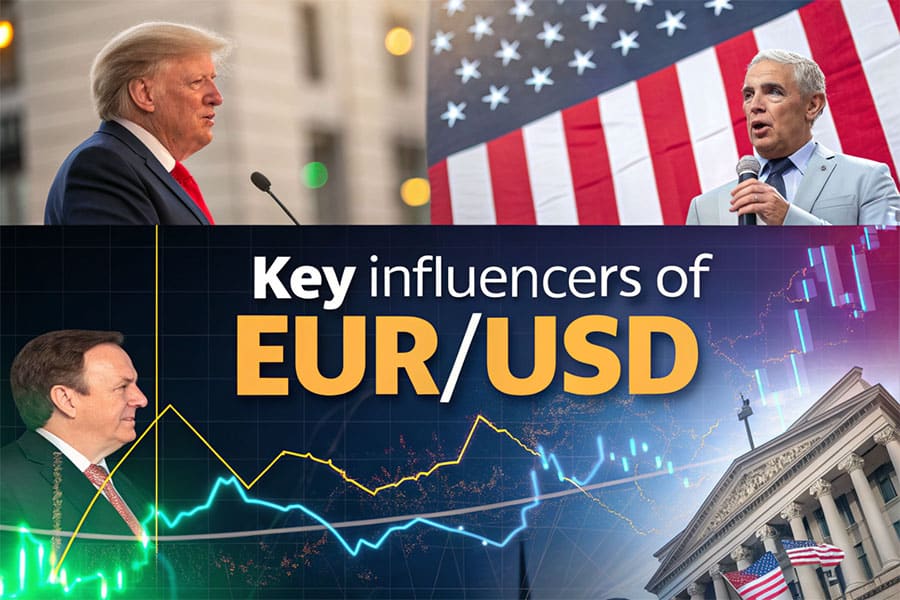
Economic Indicators Affecting the Pair
- Interest Rates: When central banks like the European Central Bank (ECB) or the Federal Reserve (Fed) alter interest rates, it influences currency demand. Higher interest rates generally attract more foreign capital, strengthening that currency. If the Fed raises rates while the ECB holds steady, the USD may gain value, pushing EUR/USD lower.
For example, in 2022, when the Fed increased interest rates aggressively to combat inflation, the USD strengthened against the EUR, causing the EUR/USD pair to decline.
- GDP Growth: Gross Domestic Product (GDP) figures provide a snapshot of economic health. Robust Eurozone growth may boost the EUR, whereas strong U.S. growth can uplift the USD. Traders watch GDP releases closely for hints on economic direction.
In the first quarter of 2023, the Eurozone reported a 2.5% GDP growth, leading to increased investor confidence in the Euro and a subsequent rise in the EUR/USD pair.
- Employment Data: Labor market metrics, such as U.S. Non-Farm Payrolls (NFP) or Eurozone employment changes, impact market sentiment. Strong job growth suggests a thriving economy, attracting capital and potentially strengthening that region’s currency.
Positive employment data from the U.S. often leads to a stronger USD, as it indicates economic resilience. Conversely, strong employment figures from the Eurozone can bolster the EUR.
Political Events and Their Impact
Political stability underpins currency strength. Elections, policy reforms, or geopolitical tensions can shift sentiment overnight. For EUR/USD, U.S. elections, Brexit negotiations, or European fiscal reforms often cause rapid price fluctuations. Investors reassess risk as political environments evolve, pushing them to buy or sell EUR/USD accordingly.
For instance, the Brexit referendum in 2016 caused significant volatility in the EUR/USD pair as uncertainty about the UK’s economic future affected broader European market sentiments.
Market Sentiment and Investor Behavior
Beyond pure economics, sentiment drives markets. Optimism, fear, and herd behavior all play roles. A wave of positive sentiment toward Europe might boost the Euro, while a strong risk-off environment can send capital rushing into the U.S. dollar as a perceived safe haven. Tracking sentiment via market news, sentiment indicators, and price action helps traders anticipate short-term fluctuations.
Sentiment can also be influenced by broader market trends, such as risk appetite or aversion. During periods of global uncertainty, traders may favor the USD for its safe-haven status, leading to a decline in the EUR/USD pair.
Read More: Major Currency Pairs in Forex
Trading Strategies for EUR/USD
Successful trading goes beyond guesswork. Whether you are just starting or refining your approach, adopting well-structured strategies can help you navigate EUR/USD’s movements more effectively.
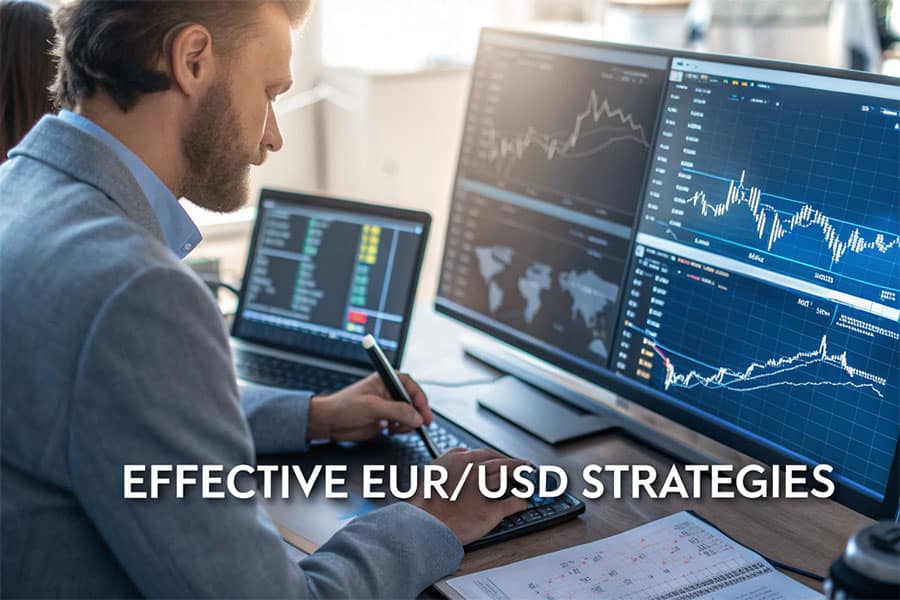
Technical Analysis Approaches
Technical analysts rely on historical price data, charts, and indicators. Common techniques include:
- Moving Averages: Identify trends and potential turning points by smoothing out price data. For instance, a 50-day moving average crossing above a 200-day moving average can signal a bullish trend.
- Relative Strength Index (RSI): Gauge overbought or oversold conditions. An RSI above 70 may indicate that EUR/USD is overbought, while an RSI below 30 could suggest it is oversold.
- Fibonacci Retracements: Pinpoint likely support and resistance levels by identifying key Fibonacci levels (23.6%, 38.2%, 50%, 61.8%). Traders use these levels to anticipate potential price reversals.
Combining these tools provides a more comprehensive picture, improving the odds of making informed trades. For example, if the EUR/USD pair is approaching a Fibonacci retracement level and the RSI indicates oversold conditions, a trader might anticipate a reversal and consider entering a long position.
Fundamental Analysis Considerations
Fundamental analysts focus on economic data, central bank decisions, and long-term trends. For EUR/USD, this means monitoring ECB and Fed announcements, inflation reports, and crucial macro releases. By blending fundamental insights with technical signals, traders gain context and conviction.
Key fundamental factors include:
- Central Bank Policies: Decisions on interest rates and monetary policy from the ECB and Fed have a direct impact on EUR/USD.
- Economic Indicators: GDP growth, unemployment rates, and inflation data from both the Eurozone and the U.S. influence the pair’s direction.
- Geopolitical Events: Political stability, trade agreements, and international relations can create volatility and trend shifts.
For instance, a dovish stance from the ECB, indicating lower interest rates to stimulate the economy, might weaken the EUR against the USD, causing the EUR/USD pair to decline.
Risk Management Techniques
No strategy is complete without a solid risk management plan. Set stop-loss orders to limit downside. Adjust position sizes to match your risk tolerance. Diversify your trading portfolio to avoid overexposure to a single event. Proper risk control is essential to long-term success, allowing you to survive unexpected market swings.
Key risk management practices include:
- Stop-Loss Orders: Automatically close a trade at a predetermined loss level to prevent significant losses.
- Position Sizing: Determine the size of each trade based on your overall account size and risk tolerance. A common rule is to risk no more than 1-2% of your account on a single trade.
- Diversification: Spread your investments across different currency pairs or financial instruments to reduce risk exposure.
Implementing these techniques helps protect your capital and ensures that you can continue trading even during adverse market conditions.
Correlation with Other Currency Pairs
The forex market is an interconnected web. EUR/USD’s movements can influence or be influenced by other currency pairs.
Relationship Between EUR/USD and Other Majors
For example, EUR/USD often displays a negative correlation with USD/CHF and a positive correlation with GBP/USD. By recognizing these patterns, traders can confirm signals or identify divergences. If EUR/USD rallies while USD/CHF also rises, it may indicate a unique market dynamic at play.
Understanding these correlations allows traders to make more informed decisions and manage risk more effectively. For instance, if EUR/USD is moving strongly in one direction, knowing the correlation with USD/CHF can help anticipate movements in other pairs, providing a broader market perspective.
Impact of Global Economic Events on Correlations
Major global events, from Chinese manufacturing data to OPEC meetings, can shift risk sentiment across markets. A downturn in emerging markets might push investors toward the relative safety of the U.S. dollar, indirectly affecting EUR/USD. Understanding these broader relationships helps traders form a complete market perspective.
For example, an unexpected oil price surge due to OPEC decisions can influence global inflation rates, impacting both the Euro and the USD. This, in turn, can affect the EUR/USD pair as traders react to changing economic conditions.
Best Times to Trade EUR/USD
Forex operates around the clock, but not all hours are created equal. Knowing when to trade can enhance execution and outcomes.
Overview of Trading Sessions
The market runs 24 hours a day, encompassing three main sessions:
- Asian (Tokyo)
- European (London)
- U.S. (New York)
Each session has distinct characteristics in terms of liquidity, volatility, and trading volume. EUR/USD typically sees the most activity during the European and U.S. sessions, with notable liquidity spikes when these sessions overlap.
Periods of High Liquidity and Volatility
The London-New York overlap, roughly between 8 AM and 12 PM EST, often provides more trading opportunities due to the abundance of market participants. Additionally, significant economic releases—like U.S. jobs data or Eurozone inflation figures—can trigger rapid short-term price moves, making these windows particularly appealing.
Trading during these peak times can lead to tighter spreads and better execution prices, enhancing overall trading efficiency. However, increased volatility also means higher risk, so traders should employ robust risk management strategies during these periods.
For instance, during the London-New York overlap, major economic announcements from both the Eurozone and the U.S. can lead to substantial movements in the EUR/USD pair, presenting both opportunities and risks for traders.
Pro Tips for Advanced Traders
Already have some experience? Consider these advanced insights:
- Diversify Your Analysis: Combine technical, fundamental, and sentiment analysis for a holistic view. Relying solely on one type of analysis can limit your understanding of market dynamics.
- Timeframe Matching: Align your strategy with suitable timeframes. Short-term scalpers rely on minute charts, while long-term traders prefer daily or weekly charts. Matching your analysis to your trading style enhances strategy effectiveness.
- Utilize Bond Yields: Monitoring differences in U.S. and European government bond yields can provide early clues to future EUR/USD direction. Yield spreads often influence currency strength, as higher yields attract more investment.
- Explore Derivatives: Advanced traders often use options or futures for hedging or leveraging positions. Understanding these instruments can help mitigate risk and maximize potential returns.
- Stay Informed on Global Events: Beyond standard economic indicators, keeping an eye on geopolitical developments, trade negotiations, and international policies can provide a competitive edge.
- Automate Your Trading: Utilize algorithmic trading systems or Expert Advisors (EAs) to execute trades based on predefined criteria. Automation can help eliminate emotional decision-making and enhance trading precision.
- Backtest Your Strategies: Before deploying any strategy in the live market, thoroughly backtest it using historical data. This helps identify potential weaknesses and optimize performance.
These approaches help refine decision-making, anticipate trends, and reduce guesswork, leading to more consistent trading success.
Opofinance Services – Empower Your EUR/USD Trading
Selecting the right trading partner is essential. Opofinance, an ASIC regulated forex trading broker featured on the MT5 brokers list, ensures a secure and cutting-edge environment for your EUR/USD endeavors.
Why choose Opofinance?
- ASIC-Regulated: Ensures a high level of transparency and trust, protecting your investments with stringent regulatory standards.
- Featured on the MT5 Brokers List: Guarantees access to top-tier technology and reliable trading platforms, enhancing your trading experience.
- Safe and Convenient Deposits and Withdrawals: Multiple methods for seamless fund management, ensuring your transactions are both secure and efficient.
- Advanced Social Trading Service: Follow seasoned traders, learn from their strategies, and broaden your market understanding through community insights.

Take action now: Open an account with Opofinance today. Experience exceptional customer support, lightning-fast execution, and a wealth of educational resources. Embrace an environment that empowers you to seize EUR/USD opportunities. Sign up and discover exclusive benefits that set you apart in a competitive marketplace.
Conclusion
EUR/USD is more than just a currency quote. It’s a dynamic reflection of economic powerhouses, investor sentiment, and shifting market landscapes. Understanding what it means, why it’s significant, and how to trade it effectively can give you a considerable advantage.
By mastering the EUR/USD currency pair definition, gaining a solid understanding of EUR/USD in forex trading, appreciating the significance of EUR/USD in the forex market, and building a foundation in the basics of trading EUR/USD in forex, you position yourself for smarter decision-making. Combine this knowledge with thorough analysis, disciplined risk management, and strategic timing, and you’re well on your way to a more confident trading journey.
Keep refining your approach, stay aware of global developments, and adapt your strategies as markets evolve. With persistence and preparation, you can transform insights into potential profit.
Key Takeaways
- EUR/USD represents how many U.S. dollars are required to buy one Euro.
- It’s the world’s most traded currency pair, offering liquidity, data, and cost efficiency.
- Factors like interest rates, GDP growth, employment figures, and political events influence EUR/USD movements.
- Employing both technical and fundamental analysis, as well as proper risk management, is crucial for success.
- Peak trading times often occur when London and New York sessions overlap, enhancing liquidity and opportunities.
Remember, knowledge is a trader’s best ally. The more you understand EUR/USD, the more confidently you can navigate the forex market.
Can I trade EUR/USD without a large initial deposit?
Yes. Many brokers allow you to start with relatively small amounts. While a modest deposit limits the size of your positions, it’s an excellent way to gain experience and build confidence over time.
Are algorithmic strategies suitable for EUR/USD trading?
Absolutely. EUR/USD’s high liquidity and stable spreads make it a prime candidate for algorithmic trading. Many traders use EAs (Expert Advisors) on MT4 or MT5 platforms. Just ensure you thoroughly test your algorithmic strategies and maintain strict risk controls.
What is an appropriate take-profit level for EUR/USD trades?
There’s no universal rule. Your take-profit target should align with your overall strategy, risk tolerance, and current market conditions. Some traders aim for quick scalps of a few pips, while others hold positions longer to capitalize on broader market moves. Experiment, track your performance, and adjust accordingly.





